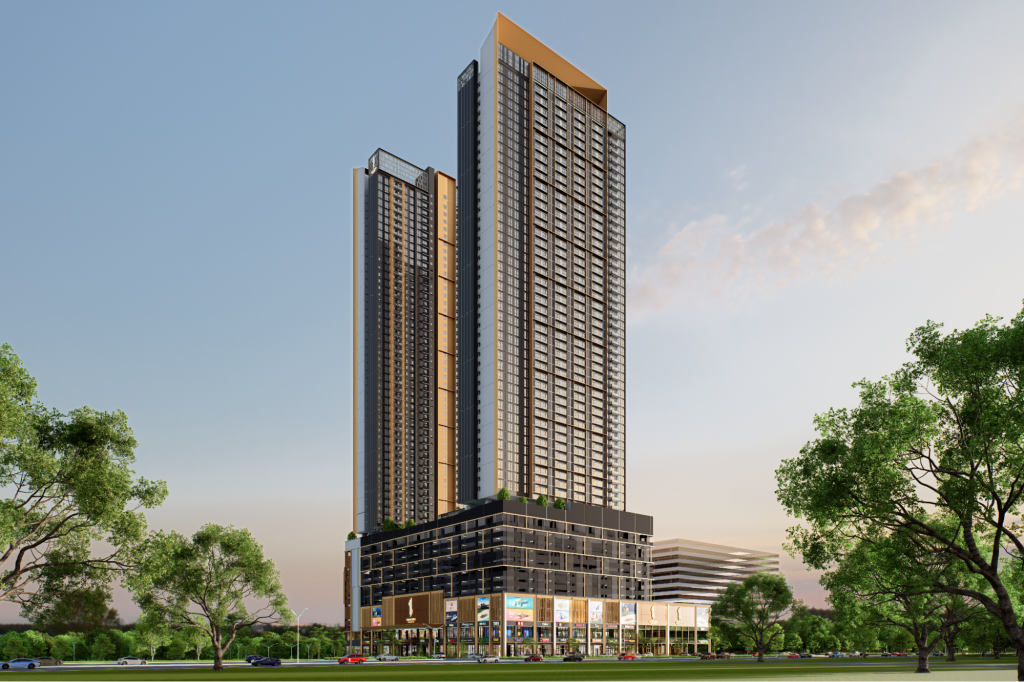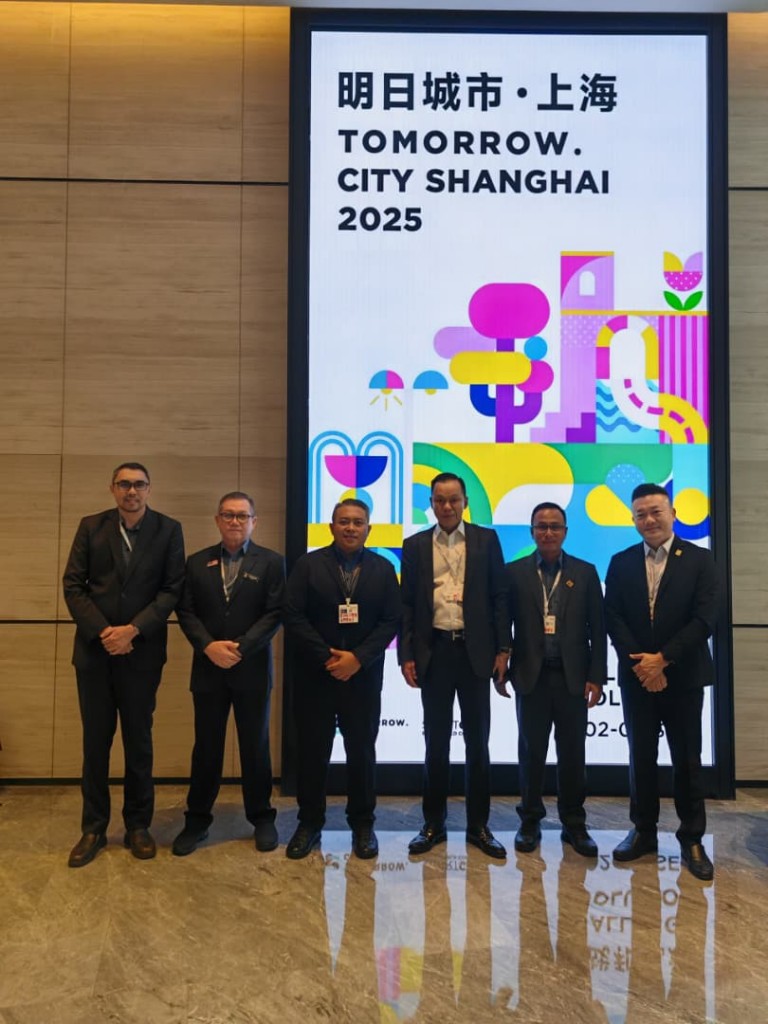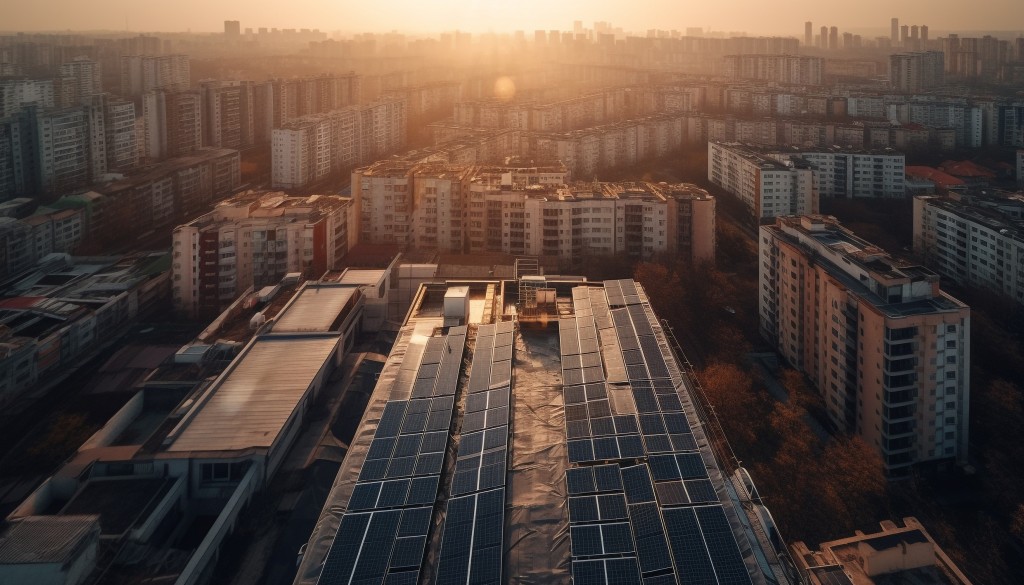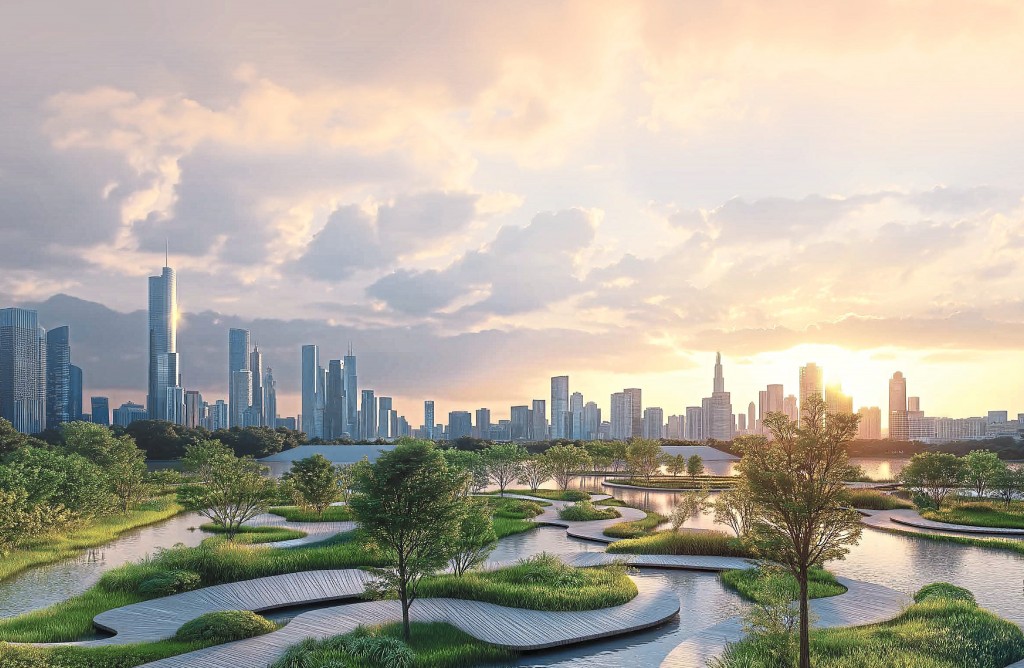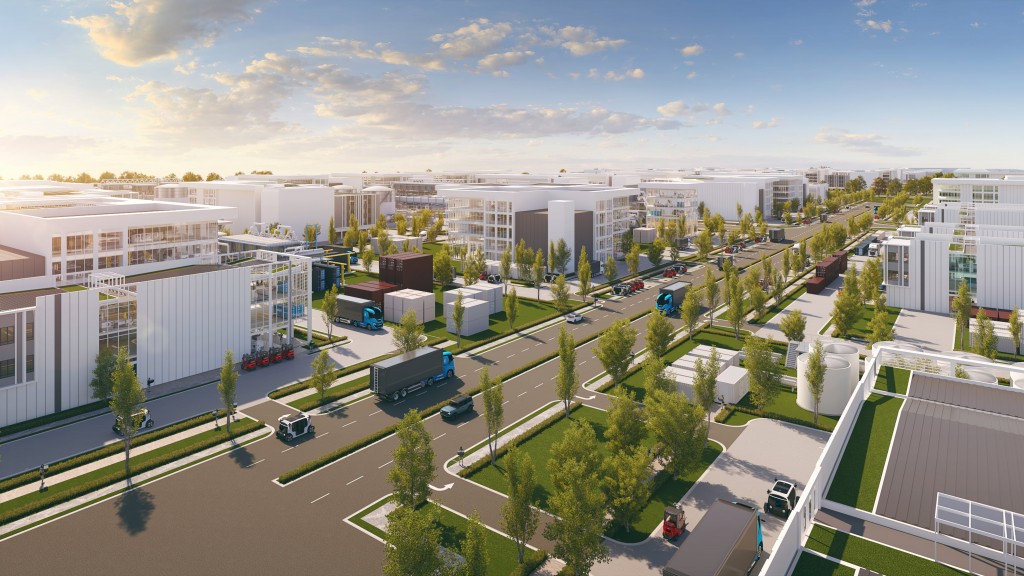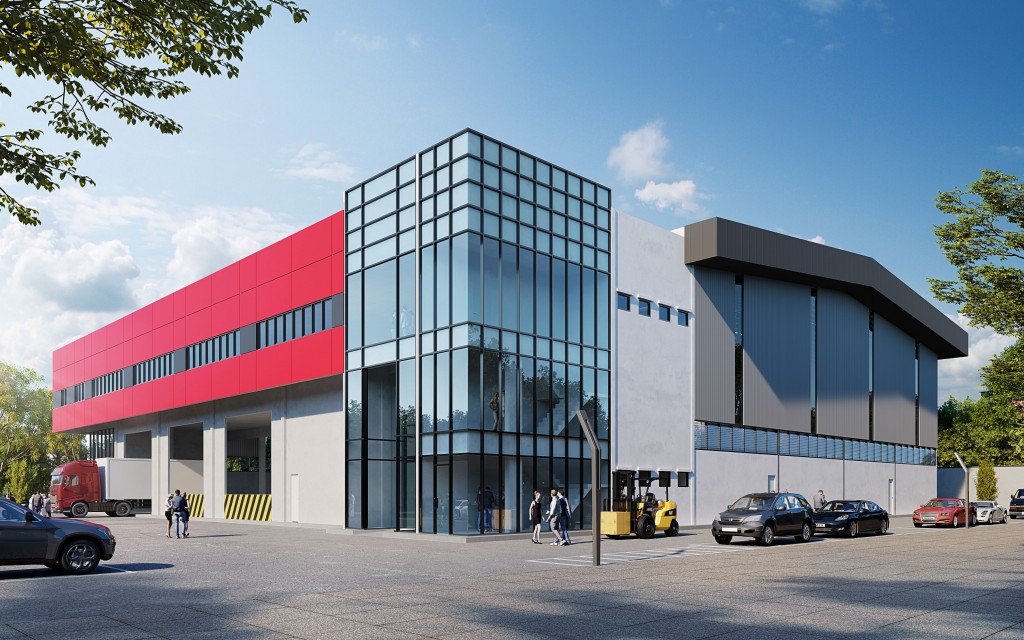
Dr Nor Azazi (right) delivering his talk at the ‘Clean the Penang River: Stop the Pollution at Its Source’ public forum in Komtar.
CLEANLINESS of drains in the state is important in solving the local river pollution problem, said Universiti Sains Malaysia (USM) River Engineering and Urban Drainage Research Centre director Prof Dr Nor Azazi Zakaria.
“There’s no point in cleaning the rivers, if drains continue to be dirty and river pollution should be tackled upstream in which the drains are connected to.
“There needs to be a mechanism for the state’s drains to prevent rubbish and other pollutants from entering the rivers. Drain water needs to be cleaned before it enters the rivers and a clean drain means clean rivers,” he said at the ‘Clean the Penang River: Stop the Pollution at Its Source’ public forum in Komtar on Saturday.
Dr Nor Azazi added that the state should consider using the green sustainable urban storm water management system.
“Different mechanisms should be put in place depending on the suitability of the area, and swales and wetlands be introduced in suitable areas to filter pollutants and manage water runoffs.”
Concurring with Dr Nor Azazi, state Local Government, Traffic Management and Flood Mitigation Committee chairman Chow Kon Yeow said they should concentrate on the cleanliness of drains to address the problem at source.
“Sea pollution comes from river pollution and river pollution comes from pollution at source such as drains.”
Meanwhile, commenting on the oscillating pollution levels of Sungai Pinang between Class Three and Class Two, Chow said it was a challenge to maintain the river’s level at Class Two as the pollution source from its upstream had yet to be tackled sufficiently.
He added that they hoped to maintain it at Class Two by the middle of next year which would be the end of the state’s three-year river treatment project.
In May 2014, Penang roped in Infinite Acquisitions Sdn Bhd for three years in a RM5.8mil deal to use the Infinitesimal Quantum Persistent and Reflection (iQPR) Technology to treat Sungai Pinang.
At 3.2km, the Sungai Pinang is the main river within 50.97sq km of catchment in the northeastdistrict and has six tributaries including Sungai Dondang, Sungai Air Itam, Sungai Air Putih, Sungai Air Terjun, Sungai Jelutong and Sungai Kechil.
The main source of pollutants identified for the river include waste water from human settlements, industrial waste, and waste from slaughter houses, wet markets and agricultural waste.






